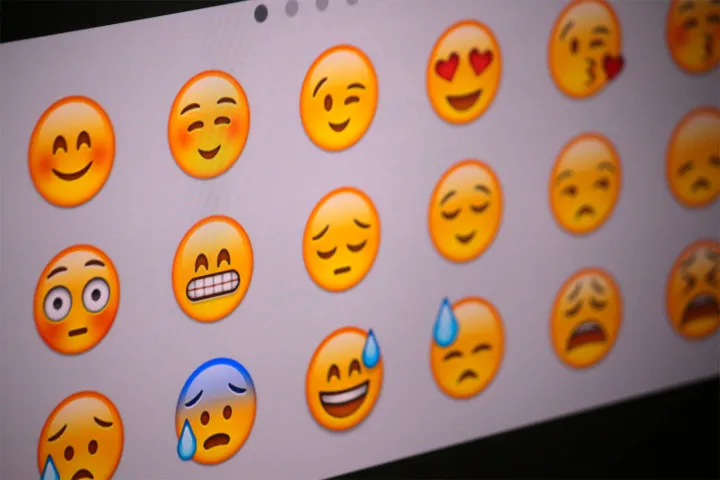
Despite that unfortunate film, the emoji trend is far from dead. In fact, they’re as prevalent as ever, conveying meaning and emotion when words just aren’t enough.
Researchers at the Massachusetts Institute of Technology have now developed an artificial intelligence system that understands emotion and sarcasm after being trained on emojis.
Teaching meaning through emojis might sound like a whimsical lesson, but the researchers behind the project had more grand goals for their system, DeepMoji.
“We wanted to study racism and bullying on social media, but the traditional methods couldn’t handle modern slang,” Bjarke Felbo, a graduate student who worked on the project, told Digital Trends. “So we turned to the billions of emojis on social media and AI techniques for help.”
The model developed by Bjarke and his team, including associate professor Iyad Rahwan, learned to discern emotion and meaning from slang like bae and swag, while — more impressively — unraveling entire phrases. For example, the model realized that a phrase like “this is the shit” is actually a positive statement and “i love to clean toilets” is said sarcastically.
“Having an understanding of modern slang and sarcasm is critical to capture insults on social media,” Felbo said.
“The basic idea is that if the model is able to predict which emoji was included with a given sentence, then it has an understanding of the emotional content of that sentence,” he added. “We thus train our model to predict emojis on a dataset of 1.2 billion tweets.”
During its lesson, DeepMoji was tasked with grouping emojis into categories like negativity, positivity, and love. Within these categories, the model differentiated emojis into subcategories, such as angry or annoyed.
“Once the model has this nuanced understanding of emotional content in language, it’s much easier for it to learn concepts like sarcasm,” Felbo said. “Hopefully, with this model, AI researchers and social scientists can now go beyond the traditional dull positive and negative sentiment analysis.”
Felbo pointed out that DeepMoji is capable of understanding emotions in any text, not just emojis. “In fact,” he said, “we tested it across different types of text such as article headlines, written emotional experiences, serious debate forums … and beat state-of-the-art algorithms across all of these.”
Felbo and his team have developed a DeepMoji website where users can see the emoji aspect of the system in action. By highlighting certain parts of a sentence, the algorithm shows which emojis are most associated with the resulting phrase. Users can also annotate their own tweets in order to contribute to the research.


